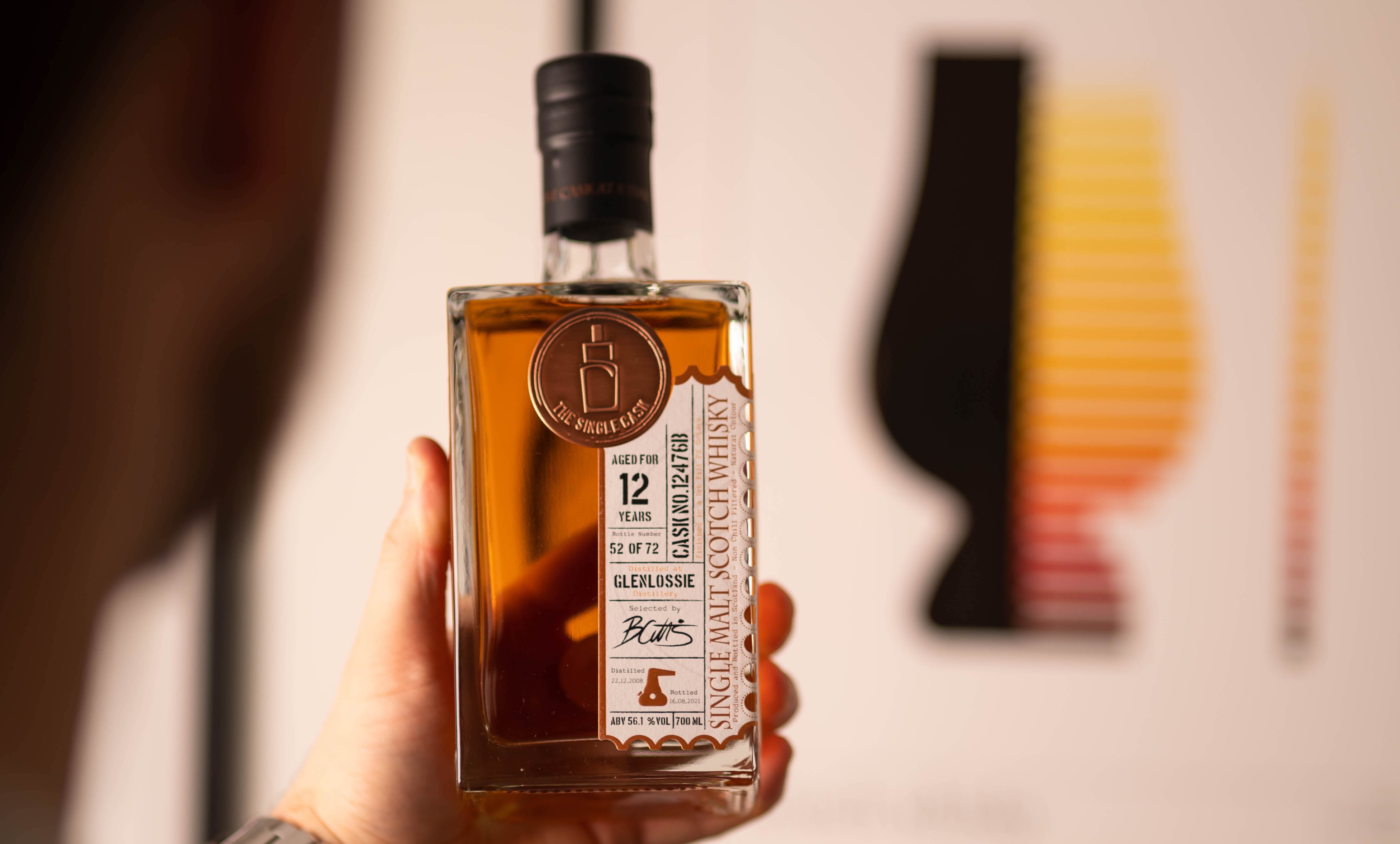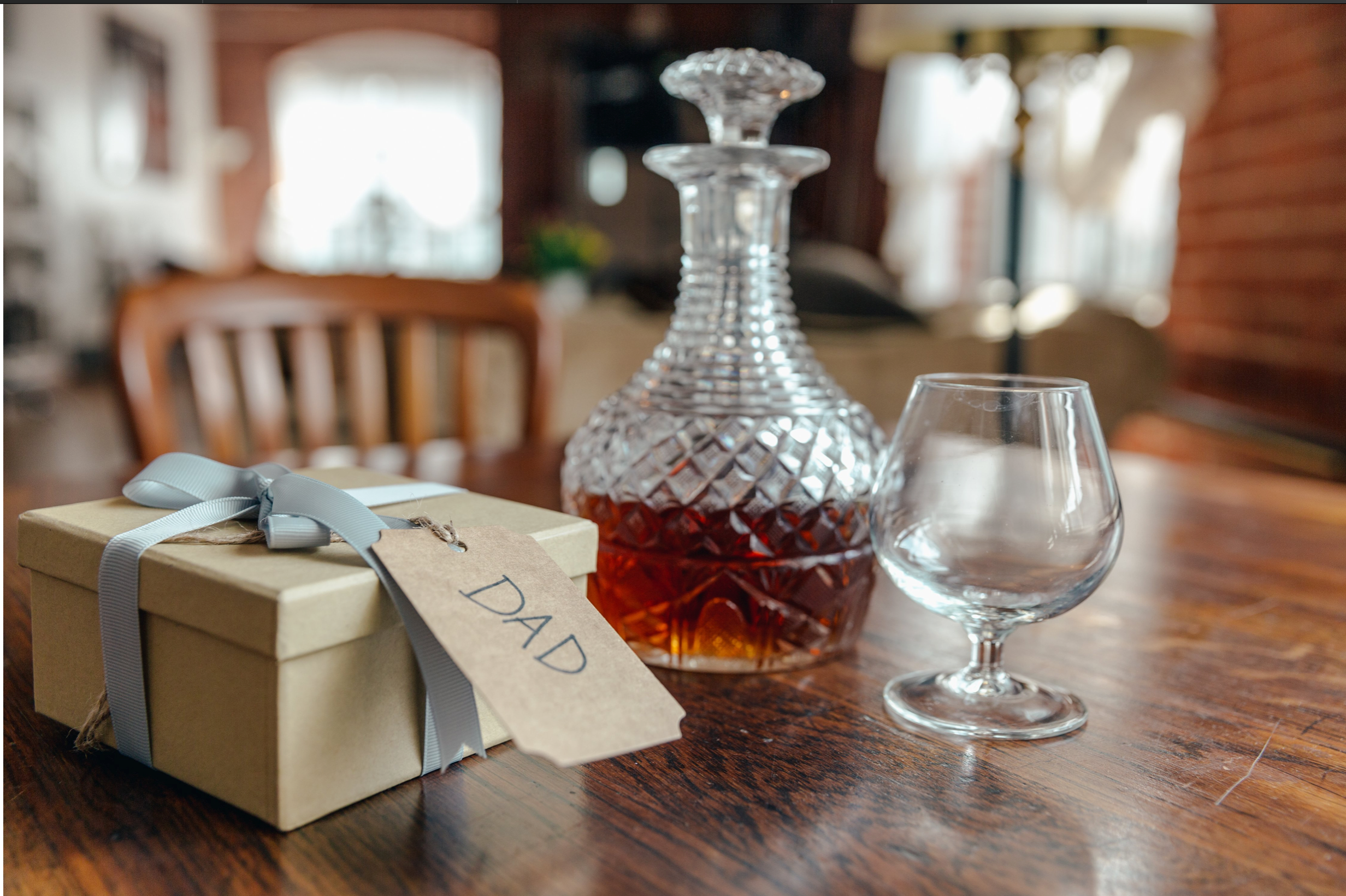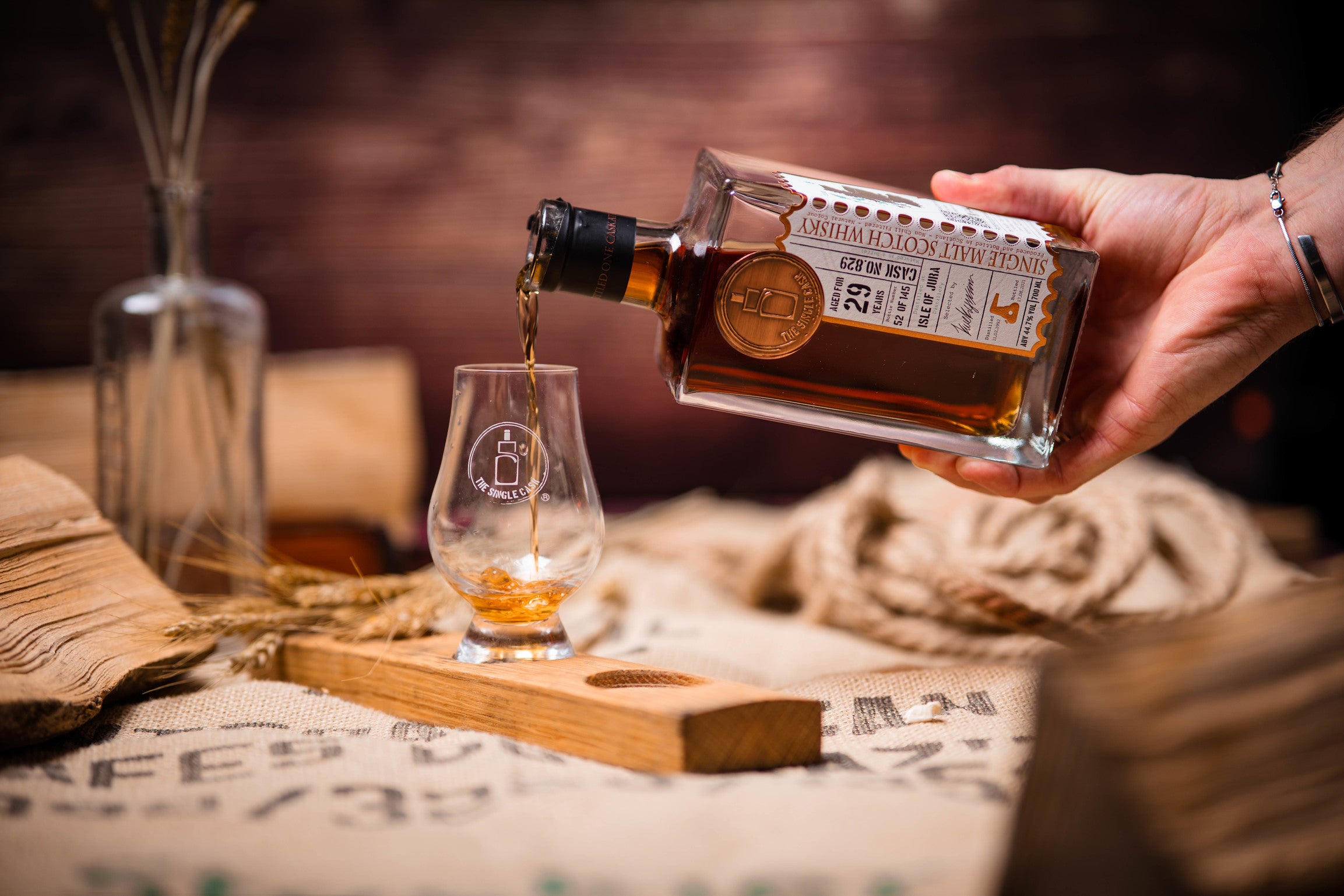
How To Taste Whisky?
Had plenty of tastings so far with all kinds of audiences but the question is always constant: “How do you taste and understand whisky?”
Grab your whisky bottle and a good nosing glass (preferably glencairn/copita etc.) and let's start!
First Steps First: Observe The Appearance
Whiskies are bottled at a multitude of different strengths from 40% ABV (Alcohol By Volume) to the sky, but some go through additional processes such as chill filtration and caramel colouring ( these processes may not always be overly mentioned.) Have a good look at the whisky within your glass and note the clarity. Does it look clear or cloudy in colder temperatures? Clarity showcases whether the whisky had been chill filtered (fatty acids and proteins removed). Chill filtered whiskies not going cloudy in colder temperatures.
The Single Cask are like many other independent bottlers like to keep the whisky as it came from the cask, non-chill filtered, natural colour and cask strength.
Second Step: The Nosing
The most common procedure is to place the glass to the tip of your nose and inhale slowly and carefully (especially when it is a cask strength whisky you are holding) and try to determine which of the notes can be detected: Sweetness, salinity, spiciness, smokiness, fruitiness and maltiness. Nosing is an art form and an exercise in patience, and it will take a few noses of the same whisky before one would be able to fully determine its characteristics.
Nosing a whisky provides a wealth of information in terms of the aromatics.
One must also be aware that some whiskies may be a bit more “closed off” and require more time to “open up” in the glass before displaying their full characteristics.
As you nose the whisky, it would be best to associate the aromas with those memories you are already familiar with. Nosing becomes somewhat easier and rather interesting with time and experience, which adds to the overall fun of sampling a whisky!
It is also worth noting that the nose plays a very important part in terms of savouring a whisky, thus if you are suffering from a blocked nose wait until your smell fully comes back.
A fascinating experiment that one could perform when savouring a whisky would be to take a sip while holding their nose to determine just how much they can taste. They can also repeat the experiment without holding their nose to see just how different both experiences are.
Chances are the difference will be quite significant and one would only be able to taste some aspects of the whisky when holding their nose in comparison to tasting the whisky as is. This would be due to our nose and palate being connected by the olfactory system and if our sense of smell is dulled, it would also affect the sense of taste.
Third Step: The Palate
The most difficult part.
Sip on the whisky and allow it to swirl around your palate.
Our palate can detect sweet, sour, spicy, bitter, salty and umami notes and these are the aspects that we would be looking for when sampling a whisky.
Repeat this process several times and associate the flavours that you detect with those that you are familiar with. This process also helps in expanding one’s knowledge of what’s in the glass.
Just like nosing, tasting is a patient art form and one would need a few mouthfuls of whisky to determine the aromas and full characteristics of what’s in the glass. Remember any aroma you can detect is most probably there!- and it is a successful tasting.
The idea with nosing and tasting a whisky would be to create a tapestry of aromas and flavours which one would be able to use to associate with a whisky and this represents the flavour profile of a whisky.
Another question I hear often is:
Should we add water to our whisky? The answer is yes and no.
We have two great articles about Should you add ice to your whisky & Should you add water to your whisky? We have our very own tasting kit with: The Final Cut box check it out!
Last and most important step of all:
Enjoy!
Quick shortcut:
Step 1: Nosing. Place the glass to the tip of your nose and determine the aromas (Sweetness, salinity, spiciness, smokiness, fruitiness, and maltiness.)
Step 2: Take a small sip, swirl around and swallow. Try to determine the familiar aromas like sweet, sour, spicy, bitter, salty, and umami notes.
Step 3: Water or no Water? Take another sip, swirl and swallow, then drink a small sip of ice-cold water. Boom! A full bouquet of new flavours!
Sometimes alcohol takes over your senses, and you might be unable to taste many aromas. This time you can get an ice-cold sip of water making pores to close and the aroma to stuck inside your mouth while alcohol fades away with water.
You just gave a Scottish shower to your mouth!
Step 4: Here is the perfect opportunity to see how after-taste affects the flavours. Does it have a long finish or not, and will you remember this dram when the night ends?
Step 5: Sit back, relax, enjoy your dram and have fun! You never know where your nose and palate may bring you!
Slainte!



Leave a comment
This site is protected by reCAPTCHA and the Google Privacy Policy and Terms of Service apply.